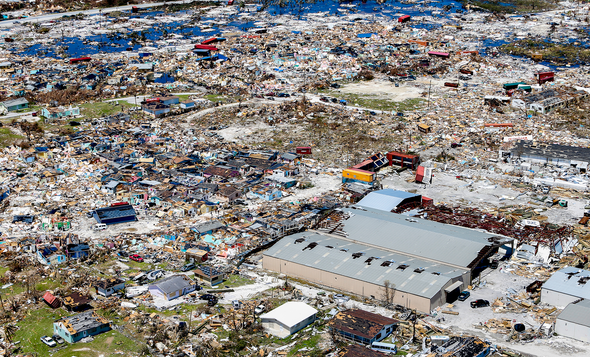
That's the projected cost of Hurricane Idalia as it's about to tear across Florida as a category 3 storm, based on a variety of factors, such as the intensity of the storm, the extent of the storm surge, the amount of rainfall and flooding, the impact on infrastructure and businesses, and the disruption of travel and supply chains. The estimate also includes the cost of power outages, debris removal, and humanitarian aid.
Fortunately, Atlanta is way to the left of Augusta and will be spared but Charleston is right in the path for tomorrow morning - hopefully with less power by then. The worst thing is, this is an "I" storm and Wilma (October) was 14 storms away, Sandy (October) was 10, Rita (September) 9 and Maria (September) 4 - so we could be quite a few alphabet letters away from the end of this storm cycle.
 The warming waters are making the hurricanes much more powerful and we may see our first ever Category 6 hurricane in the next few years. A Cat 6 hurricane would have winds of over 200 miles per hour, which is more than the code most homes are built to. In 2019, Dorian came close to a category 6 and this is what that looked like (Bahamas).
The warming waters are making the hurricanes much more powerful and we may see our first ever Category 6 hurricane in the next few years. A Cat 6 hurricane would have winds of over 200 miles per hour, which is more than the code most homes are built to. In 2019, Dorian came close to a category 6 and this is what that looked like (Bahamas).
Insurance companies do not have infinite money. If storms of this size run straight into the US, we're simply not prepared to deal with the damages and it could become a great drain on the Financial system. Beyond the immediate physical damage, the ripple effects on vital infrastructure, businesses, and the intricate web of travel and supply chains have all have to be considered in this estimation. And let's not forget the hidden costs: power outages that disrupt daily life, the colossal undertaking of debris removal, and the essential humanitarian aid that will be required in the aftermath.







